This post is licensed under CC BY-SA 4.0.

“Falsehood flies, and the truth comes limping after it.”
– – Mark Twain, “The Examiner”
The world entered the information age after computers and the Internet was born. Before the modern information highway was built, ordinary people used to have to rely on media such as news papers to obtain information. The birth of Internet enabled individuals to publish and propagate information, which was a great boost to creativity.
However, we may have already entered the era of misinformation. The quote above closely resembles how information propagates today, except Mark Twain never said that, but Jonathan Swift. If you believed Mark Twain ever said that, it only proves the point further.
I would like to attempt to summarize, in this blog post, what misinformation is, why it is harmful, and how to keep yourself afloat in the sea of misinformation. The more that understand misinformation, the less it propagates, and the less harm it causes.
Mis-, Dis-, and Malinformation
Misinformation is a vague term. It mostly means “untruthful information.” However, as more misinformation surfaces, there emerges a need to further classify them to better understand this concept. First Draft, a media that focuses on the topic of misinformation, categorizes misinformation into three categories: misinformation, disinformation, and malinformation. For simplicity’s sake, I will refer to all three of them collectively as misinformation.
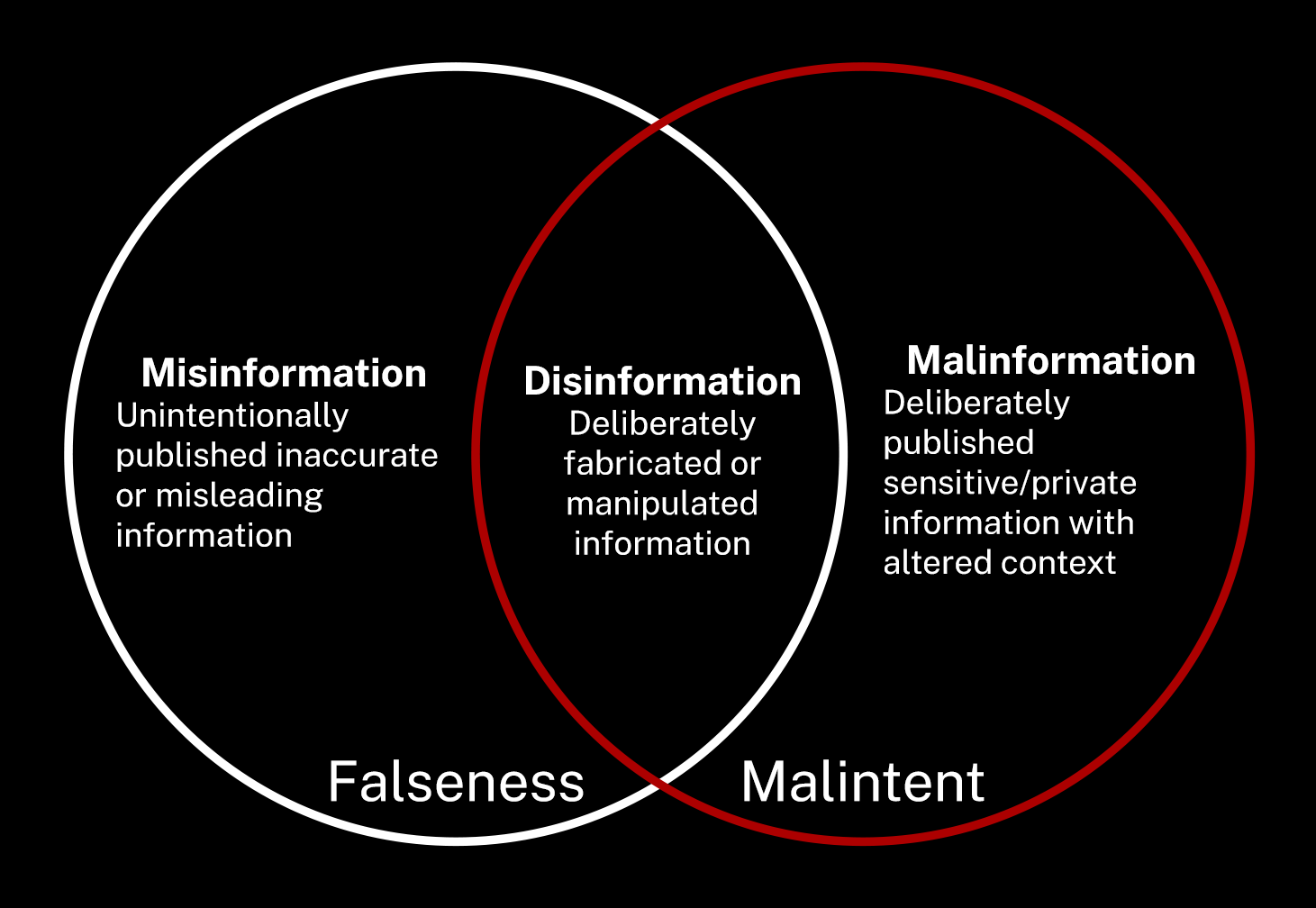
Figure 1: Differences between misinformation, disinformation, and malinformation (reference)
Types of Misinformation
First Draft also identifies seven types of misinformation based on the misinformation’s degree of malintent and percentage of false information.
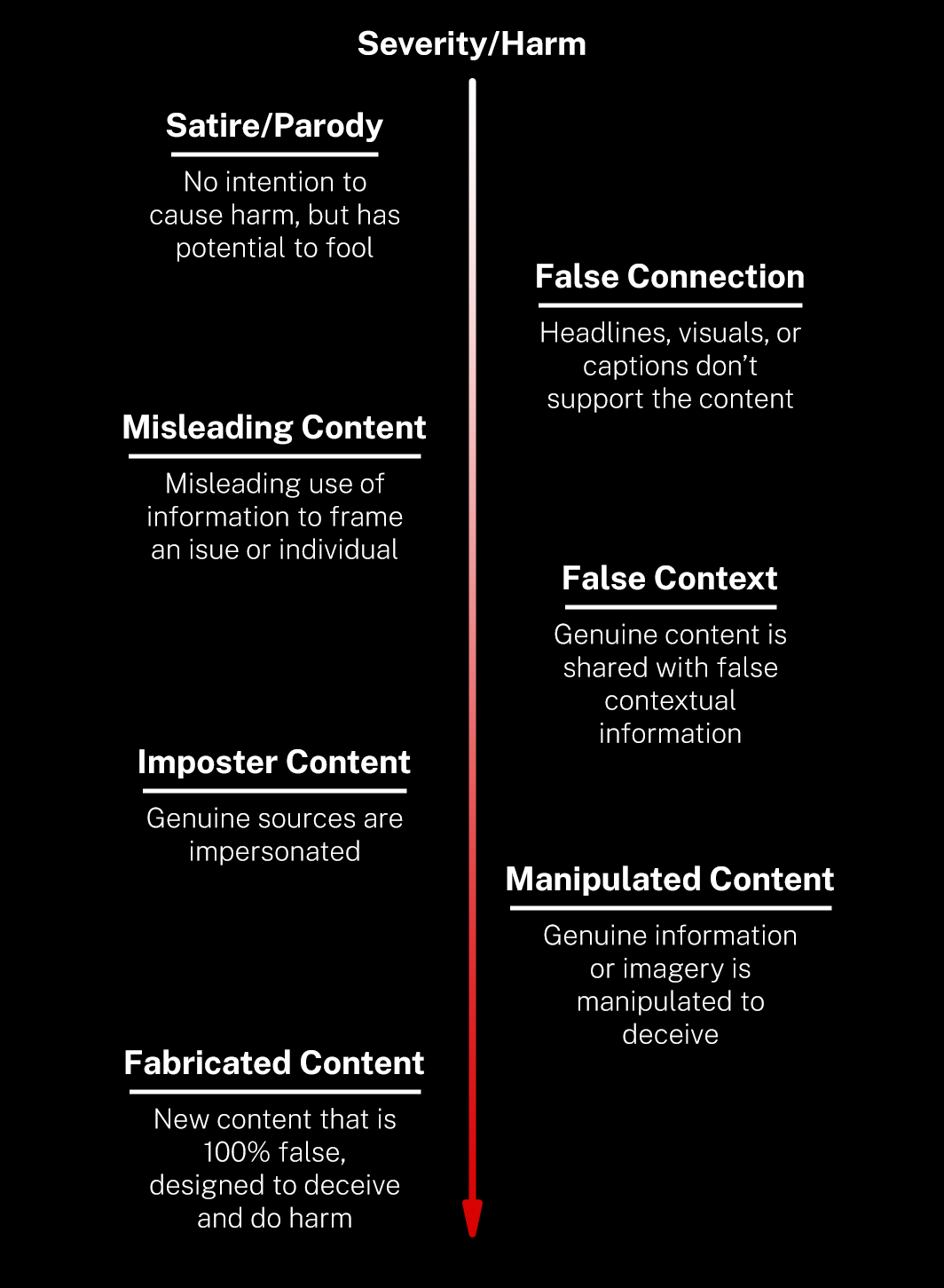
Figure 2: Types of mis-, dis-, and malinformation (reference)
The Harm of Misinformation
Nothing needs to be addressed if there are no issues. Why is misinformation bad for us then?
Because knowing the truth matters.
Knowing the truth empowers us to make the best choices for ourselves and for the society. On the contrary, the propagation of misinformation would often benefit only a small quadrant of people. You might find the workable ethical theories helpful in analyzing this kind of questions.
A study conducted by MIT shows that Tweets with misinformation propagate at a speed of 600% and is 70% more likely to get retweeted as compared to Tweets with genuine information. Contents with misinformation generate a lot of activities and traffic on social media platforms and attract users. As businesses, they have no reason to spontaneously take down what is financially beneficial for them.
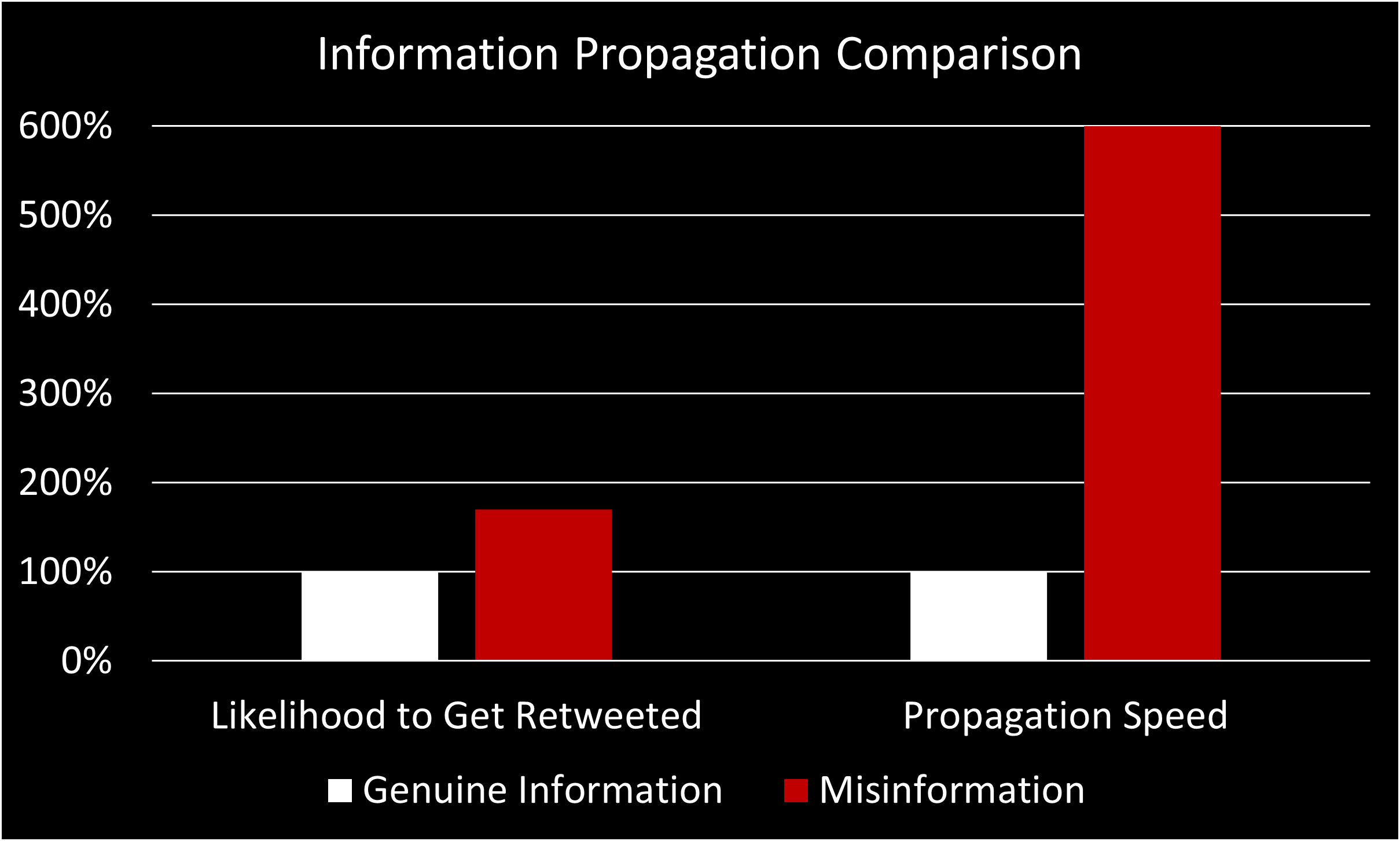
Figure 3: Information propagation comparison (reference)
Sometimes misinformation passes us by harmlessly, sometimes they cause dire consequences. A great recent example is the misleading reports of Ivermectin’s effectiveness on Covid-19 for humans have resulted in the public injecting high-doses of Ivermectin in the hope of becoming immune against Covid-19.
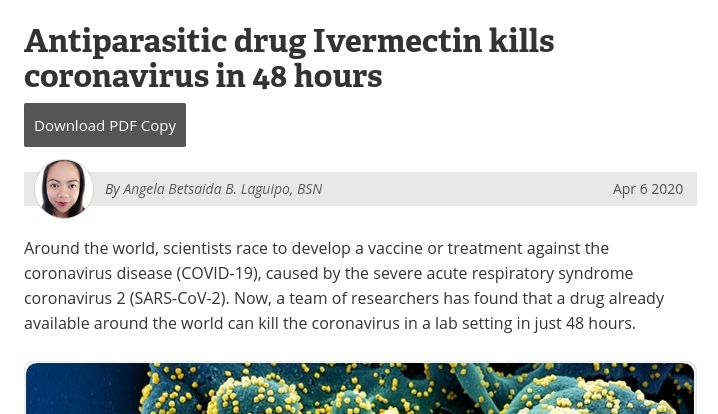
Figure 4: A news report from early 2020 saying that Ivermectin kills Covid-19 viruses (source)
This report did NOT make it clear that, while Ivermectin kills Covid-19 in Petri dishes, it is not proven safe for humans. People died after overdosing Ivermectin, believing that it could cure Covid-19. Pouring bleach into the Petri dish would also kill the viruses, but that doesn’t mean you should drink bleach. You could image how such misinformation could also lead to political turmoil or other problems.
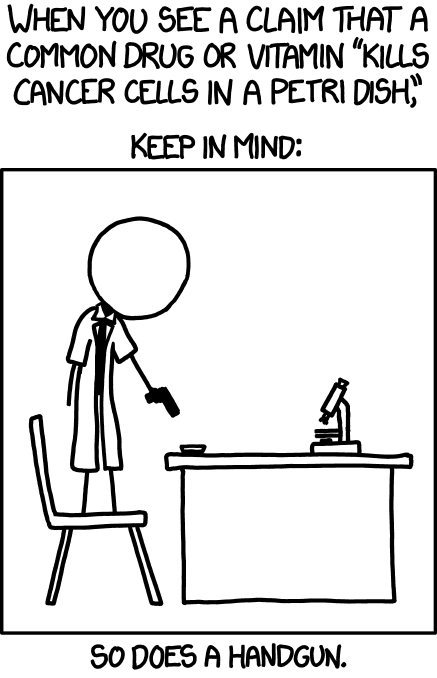
Figure 5: xkcd comic, “Cells” (CC BY-NC 2.5)
Eventually, the FDA published an article to debunk the rumours, but people are still believing the rumours. Why?
1. Cognitive Biases
We all have cognitive biases, i.e., inherent brain “defects” which all humans have that hinder us from making perfectly sane and logical judgments. We have a lot of them too. You can take a look at some of the most common cognitive biases here.
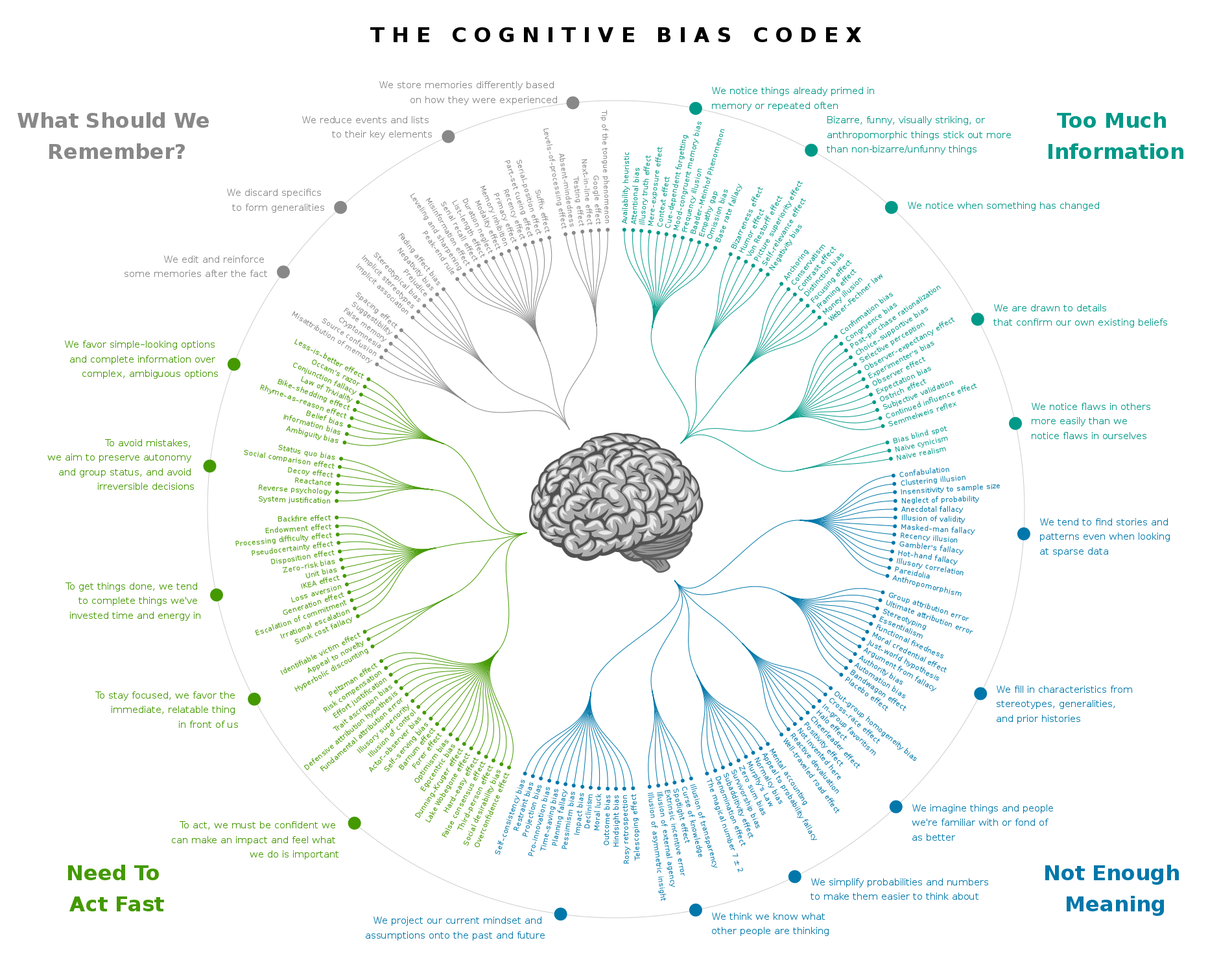
Figure 6: The cognitive bias codex (CC BY-SA 4.0)
There are way too many to list, so here are some of the common ones that I think have a lot to do with misinformation.
- Stereotyping: People tend to have a generalized assumption about a particular group of people.
- A report about Germans suceeding something is more likely to be believed than a report about the Germans screwing something up, because “Germans are rigorous.”
- Confirmation Bias: People tend to selectively gather only evidence that support what they already believe, disregarding conflicting information.
- When you already firmly believe that Ivermectin will treat Covid-19, you might Google for articles that will support and reinforce your opinion rather than those that contradicts your beliefs. However, what you find may just be more misinformation.
- Bandwagon Effect: People tend to follow the crowd and do what others are doing.
- “All the news media are reporting that, so that must be true.”
- “They’re all doing it, so I probably should, too.”
- Reactive Devaluation: People tend to automatically devaluate their adversary’s opinions.
- A strong supporter of the Democrats may automatically view all policies that the Republicans make deterimental, without actually understanding it.
The cognitive biases that I have listed here are merely the tip of the iceberg. You can start here if you would like to learn more.
2. Rhetological Fallacies
Rhetological is a word that means rhetorical and logical. Rhetological fallacies means rhetorical techniques and logical fallacies. Rhetological fallacies are what can be used to exploit our cognitive biases or simply fool us, leading us to draw illogical conclusions.
For example, the definition of “Circular Logic” is “a conclusion is derived from a premise based on the conclusion.” For instance, some people would argue that privacy only matters to those that have something to hide, so you must be trying to hide something if you want privacy.
There are currently 54 rhetological fallacies identified by David McCandless. Take a look at their beautiful website to see all of them. It is important to be aware of these fallacies so you can identify them when you see them.
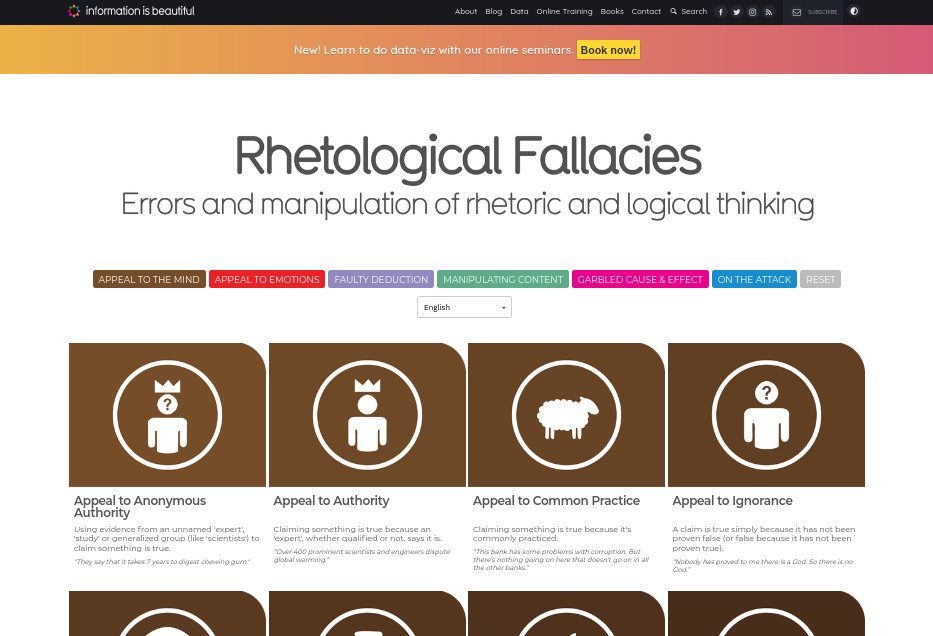
Figure 7: Rhetological Fallacies (source)
3. The Inability to Verify
A Stanford research paper finds that professional fact checkers are a lot better at distinguishing genuine information from misinformation than historians and students. Chances are, you suck at verifying too.
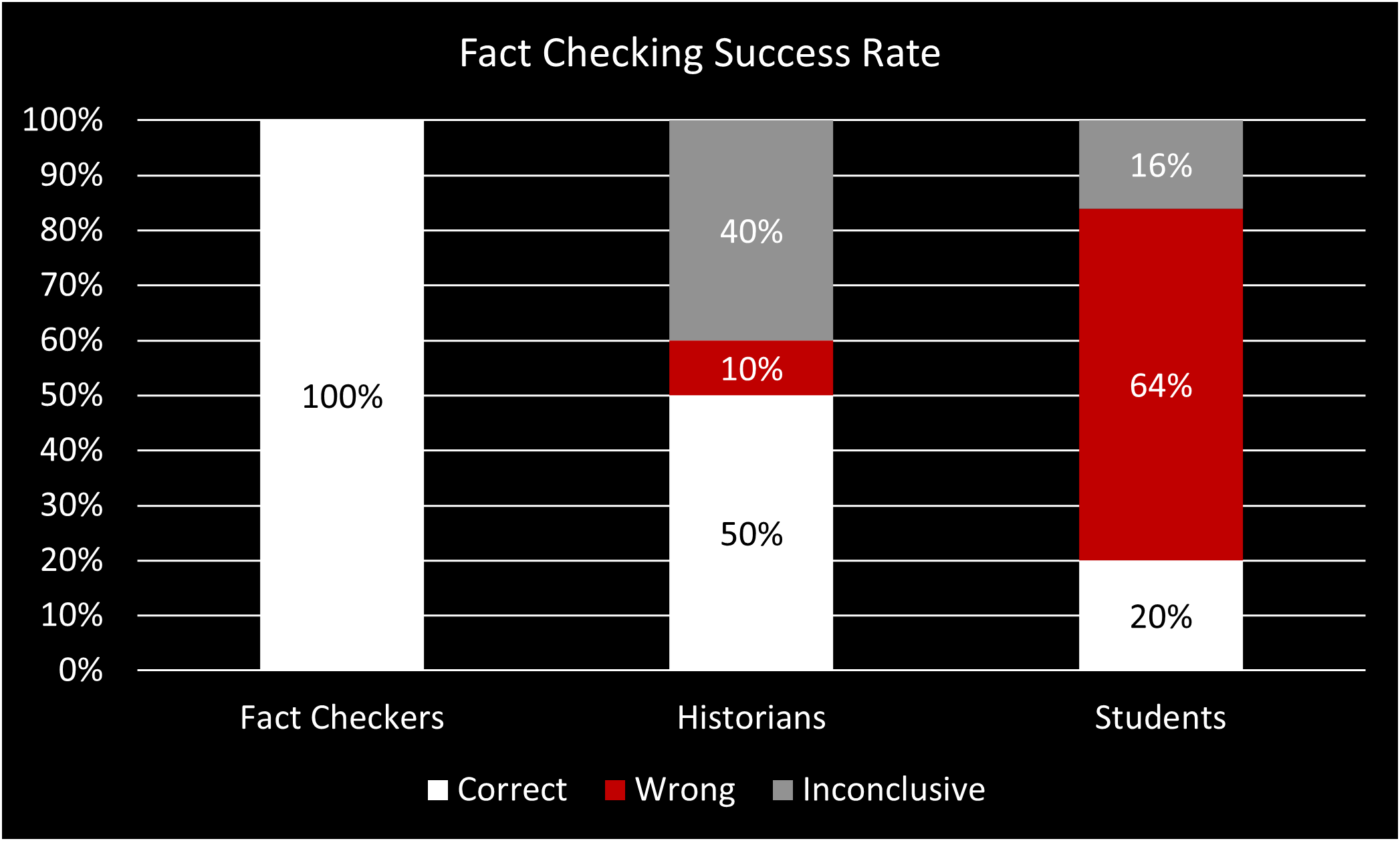
Figure 8: Fact-checking success rate between professional fact-checkers, historians, and students
If you do not want to read the whole paper thoroughly, here are some of the important takeaways.
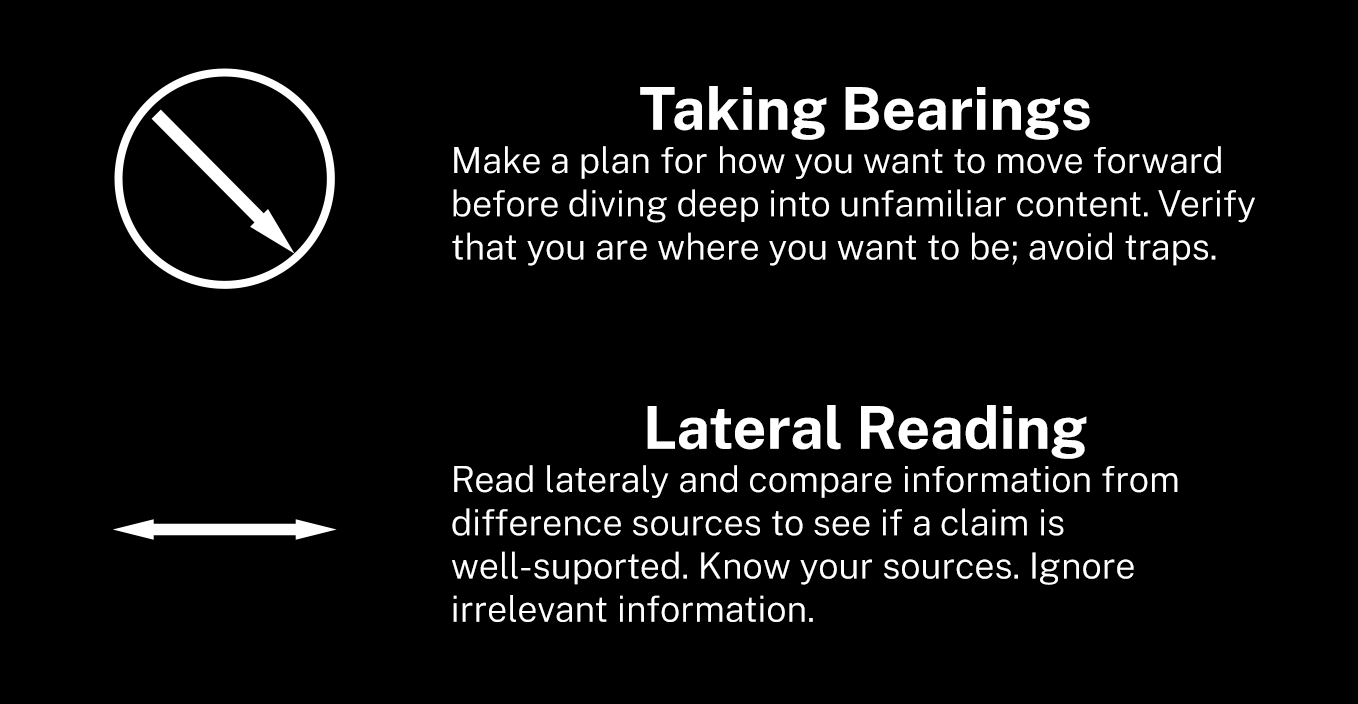
Figure 9: Fact check tips from Stanford’s research (reference)
Fact checking is not an easy task. There is a lot learning to do if you want to fact check efficiently and accurately. Fortunately, there are a lot of materials out there around this topic. First Draft’s Verifying Online Information is an excellent comprehensive guide that you can start with.
The Solution: Trust, But Verify
The purpose of this blog post is not to tell you that the Internet is full of lies and that you shouldn’t take a word from it. Rather, it is to educate you about one of the many dangers you might face when you’re on it.
First Draft’s Verifying Online Information guide lists five fundamental steps you should follow to fact check online information. First Draft calls these five steps the “five pillars of verification.”
- Provenance
- Check if the content is original and authentic
- Source
- Check if the content’s source is contaminated
- Date
- Check the time the content is created/shared
- Location
- Check the location where the account is established, the website is created, or the content is captured
- Motivation
- Check why was the account established, the website created, or the content captured.
- Who would be advantaged by this content? Who would be disadvantaged?
You might have noticed that this post has mentioned First Draft’s Verifying Online Information for more than once. This is because this guide is of good quality. You should definitely check it out if you want to learn more about fact checking.
Helpful Verification Tools
Below are a few of my personal recommended tools that may help you to fact check. There are a lot more tools you can use to fact check out there. Take a look at First Draft’s Toolbox for even more tools you can use.
1. Search Engines
As Stanford’s research paper has suggested, it is important to take bearings and read laterally when you are not sure if a piece of information is genuine. You can use search engines to look up if any other credible sources have published information on the same topic.
2. Manipulated Content Identifier
Dis- and malinformation contain manipulated or fabricated contents. A quick Google reverse image search may help you to determine whether an images has been PhotoShopped. A course by Reuters News Agency will teach you how to identify manipulated media. There are also automated tools like the Fake News Debunker that may come in handy.
3. Fact Checking Websites
A lot of news agencies or organizations host sites that regularly debunk recent rumours. Below are a few of the sites you can go to depending on your region.
4. Google’s Fact Check Explorer
You can fact check using Google’s Fact Check Explorer. Simply enter the question and it will show you a full list of relevant sources and whether they support a claim. Be careful not to overrely on such automated tools. It is still important to read laterally manually.
5. First Draft’s Verification Toolbox
First Draft has created a Verification Toolbox to simplify and streamline the verification process for beginners. You can use this toolbox to look up a wide variety of types of information.
Conclusions
- Misinformation is everywhere, in many forms, and with many types.
- Misinformation is bad for you and the society.
- People trust/like misinformation due to their cognitive biases. You do, too.
- Become aware of the existence of misinformation and try to avoid believing it.
- Untrained individuals can hardly identify news. You need to learn how.
- There are lots of tools and techniques you can use to make fact checking easier.
I hope you found this post useful. Feel free to comment below or contact me if you think any of the information in this post is inaccurate or missing.
